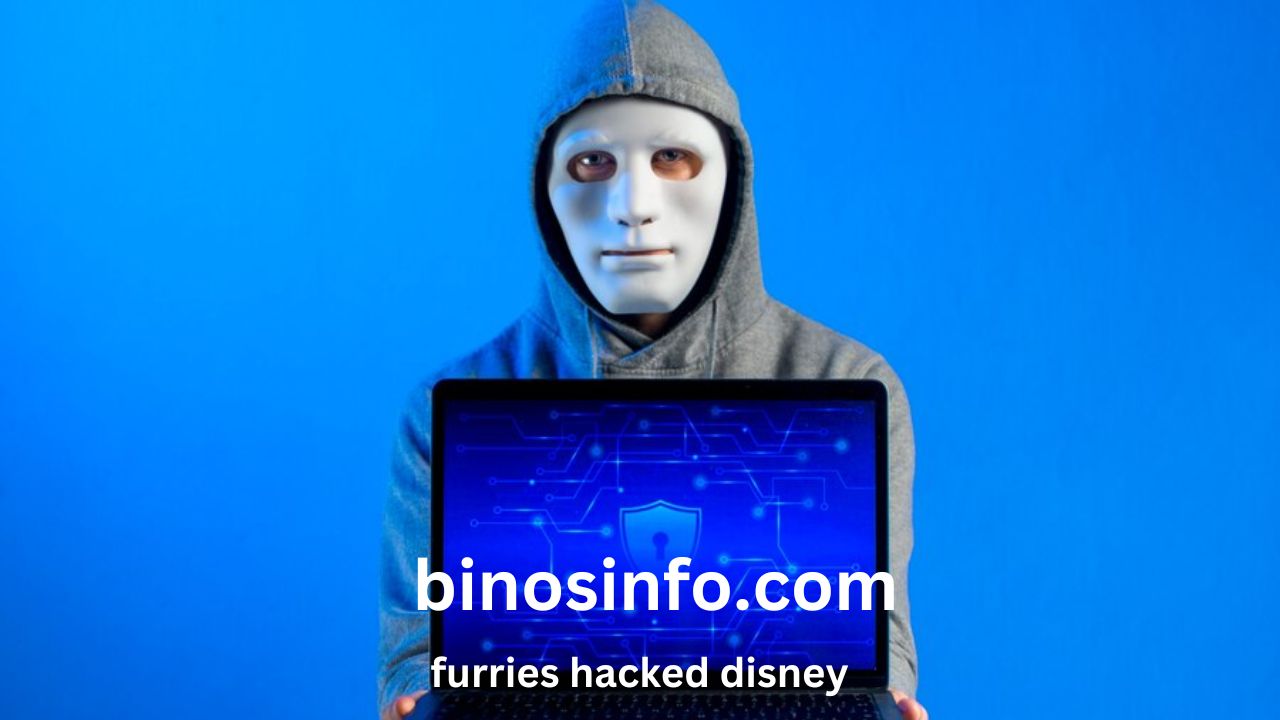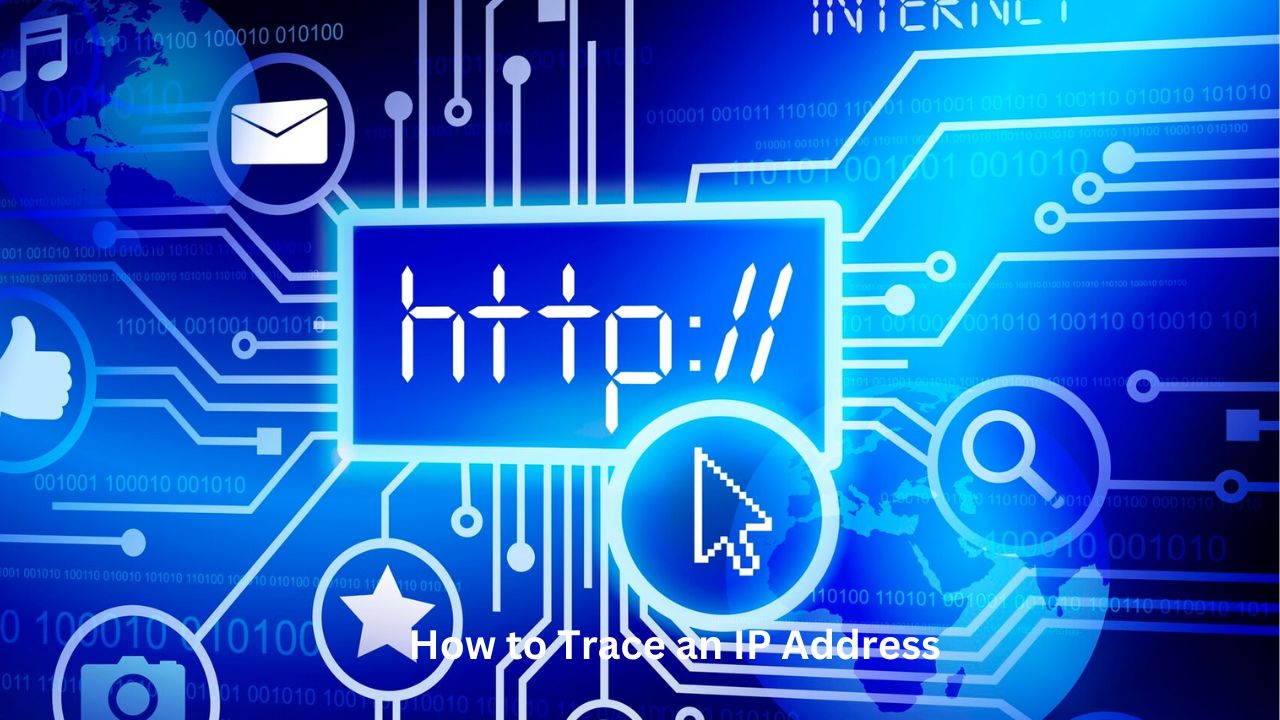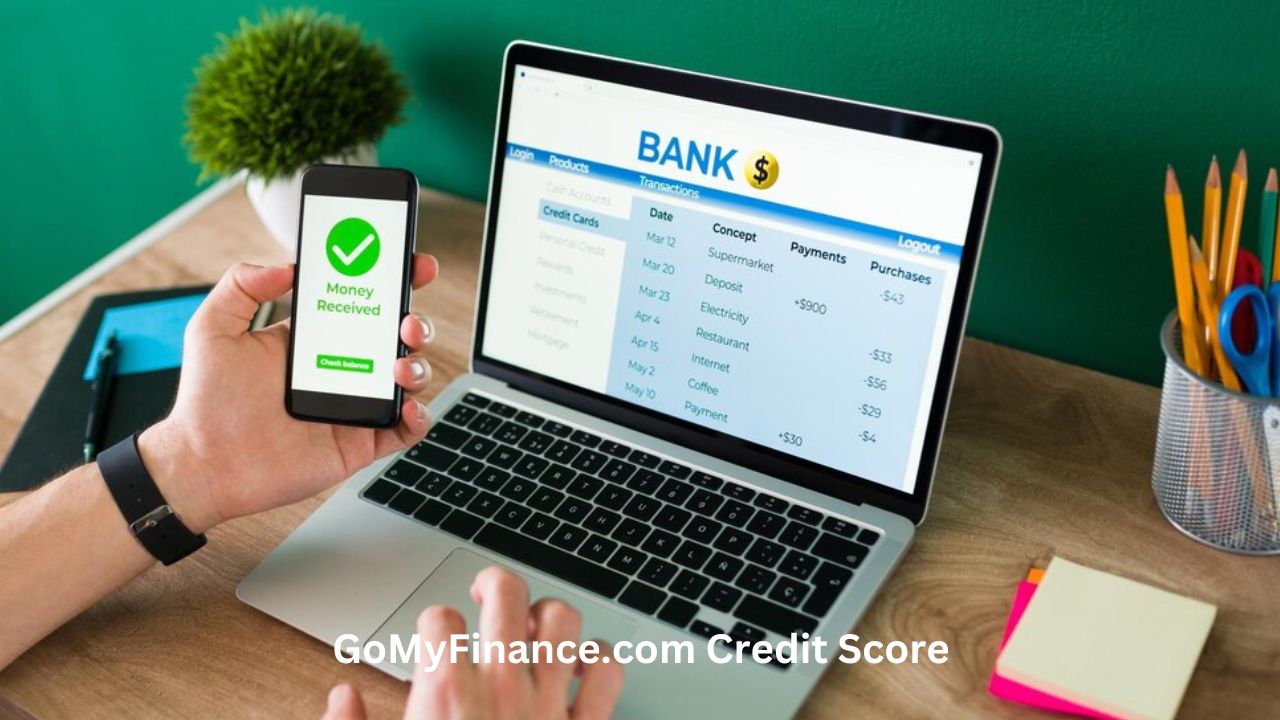The phrase “furries hacked Disney” sent shockwaves through the internet, leaving many puzzled and intrigued by the unexpected cyberattack. Cybercriminals often exploit vulnerabilities, but this event highlighted a unique aspect of online subcultures. Disney, a media giant, has always prioritized digital security, yet this incident raised critical questions about online safety. Cybersecurity professionals scrambled to assess the extent of the breach and mitigate potential damage. This attack illustrated the evolving nature of digital threats and the importance of proactive security measures. As hacking methods evolve, corporations must stay ahead to protect sensitive information.
Who Are Furries and Why Did They Target Disney?
Furries, known for their appreciation of anthropomorphic animal characters, form an extensive global community connected through online platforms. Many engage in creative activities, including art, storytelling, and conventions, fostering a strong digital presence. However, some factions within this subculture harbor grievances against large corporations, fueling activism-driven cyberattacks. In Disney’s case, a specific group of furries orchestrated the hack to make a bold statement. They aimed to expose corporate negligence regarding fan communities, copyright restrictions, and digital policies. This event highlighted the power of niche internet communities when motivated by shared objectives.
How the Hack Was Executed and Its Impact
Cyberattacks often involve intricate planning, and this breach followed a sophisticated strategy. The hackers exploited system vulnerabilities, gaining access to internal servers without triggering immediate security alarms. Once inside, they retrieved confidential data, including proprietary information and user credentials. The breach resulted in temporary disruptions to Disney’s online services, affecting streaming platforms and interactive features. Customers reported difficulties accessing content, prompting urgent security investigations. This incident emphasized the necessity of advanced cybersecurity protocols to counteract emerging digital threats. Companies relying on digital platforms must continuously strengthen their defenses to prevent similar breaches.
Disney’s Response to the Cyberattack
Disney swiftly addressed the security breach, implementing emergency protocols to minimize further exposure. The cybersecurity team collaborated with forensic analysts to trace the origin of the attack. Investigators discovered unauthorized access points and reinforced digital barriers to prevent additional intrusions. Disney issued public statements reassuring customers about data safety and ongoing security enhancements. The company also contacted affected users, advising them to reset passwords and enable two-factor authentication. Their proactive measures helped restore confidence, although concerns lingered regarding long-term digital security improvements. This attack underscored the necessity of adapting security frameworks to counteract evolving cyber threats.
Lessons Learned: The Importance of Cybersecurity Awareness
This incident revealed significant cybersecurity vulnerabilities, serving as a cautionary tale for corporations worldwide. Businesses must invest in state-of-the-art security infrastructure to deter malicious activities. Regular software updates, system audits, and employee training sessions are crucial preventive measures. Companies should adopt encryption technologies and real-time monitoring systems to detect anomalies before they escalate. Users must also remain vigilant by practicing secure online habits, such as using unique passwords and enabling multi-factor authentication. Strengthening cybersecurity protocols will reduce risks and safeguard sensitive data from unauthorized access. Preventative actions ensure resilience against future cyber threats targeting digital platforms.
Could Future Hacks Target Other Media Giants?
Disney’s security breach raises concerns about potential attacks on other media corporations. Cybercriminals continually adapt their tactics, seeking new vulnerabilities to exploit. Media giants store vast amounts of user data, making them prime targets for digital intrusions. If security systems remain outdated, hackers will find ways to bypass defenses, causing financial and reputational damage. Companies must allocate resources toward cybersecurity enhancements, ensuring stronger digital fortifications. Implementing stringent security measures will deter cybercriminal activities and protect sensitive corporate assets. The evolving nature of cyber threats necessitates continuous adaptation to safeguard digital infrastructures.
The Role of Online Communities in Cybersecurity Threats
Niche online communities wield significant influence, sometimes harnessing their collective power for activism-driven attacks. The furry community’s involvement in Disney’s hack exemplifies how digital subcultures can impact cybersecurity landscapes. While most online groups engage in positive interactions, some factions resort to hacking as a means of protest. Companies must recognize the importance of digital engagement and address grievances before they escalate into cyber threats. Open dialogue with online communities can foster mutual understanding and prevent potential digital confrontations. A proactive approach to community relations will reduce conflicts that may lead to hacking attempts.
How Companies Can Protect Themselves from Cyber Attacks
Businesses must implement robust security measures to mitigate cybersecurity risks. Regular system updates, firewalls, and intrusion detection systems help prevent unauthorized access. Encrypting sensitive data ensures that even if a breach occurs, stolen information remains indecipherable. Companies should conduct frequent security audits to identify vulnerabilities and reinforce weak points. Employee training programs enhance awareness, reducing human errors that hackers often exploit. Developing an incident response plan ensures quick action in case of a security breach. By prioritizing cybersecurity, corporations can minimize risks and maintain user trust in their digital services.
Will Furry-Related Cyberattacks Continue?
The Disney hack raises questions about whether similar attacks will target other corporations in the future. Digital activism has gained momentum, with online communities expressing grievances through hacking incidents. Companies must monitor emerging threats and implement preventive measures to deter cyber intrusions. Maintaining transparency, engaging with fan communities, and addressing concerns will reduce potential cyber risks. Digital security remains an ongoing challenge, requiring continuous innovation and vigilance. Organizations must anticipate evolving cyber threats and adapt their security strategies accordingly. A proactive stance will ensure resilience against future hacking attempts.
Conclusion: Strengthening Cybersecurity in a Digital World
The “furries hacked Disney” incident serves as a wake-up call for corporations relying on digital platforms. Cybersecurity remains a top priority as hackers develop new methods to exploit vulnerabilities. Companies must invest in robust security measures, conduct regular system audits, and engage with online communities transparently. Implementing stringent protective measures ensures digital resilience and protects sensitive data. Strengthening cybersecurity frameworks will safeguard businesses from future threats, preserving consumer trust. As digital threats evolve, proactive security strategies will determine corporate stability in an increasingly interconnected world.
FAQs
1. How did furries hack Disney’s system?
Hackers exploited system vulnerabilities, gaining unauthorized access to Disney’s internal servers and extracting confidential data without immediate detection.
2. Why did the furry community target Disney?
A faction within the furry community protested against corporate policies and digital rights issues, leading to a cyberattack as an act of activism.
3. What actions did Disney take after the hack?
Disney reinforced security measures, collaborated with forensic analysts, and advised users to update passwords and enable multi-factor authentication.
4. Could other major corporations face similar cyberattacks?
Yes, media giants storing vast user data remain prime targets for cybercriminals seeking vulnerabilities to exploit for financial or activist motives.
5. How can companies prevent cyberattacks like this?
Corporations must implement regular security updates, conduct audits, train employees, and engage with online communities to mitigate potential hacking threats.
6. Will furries continue hacking companies in the future?
While most furries focus on positive engagement, activist-driven factions could target corporations if grievances remain unresolved. Vigilance is necessary.
7. What can users do to protect their accounts from hacks?
Users should enable two-factor authentication, create unique passwords, and avoid clicking on suspicious links to enhance online security.
8. How did this cyberattack affect Disney’s operations?
The hack caused temporary disruptions to Disney’s online services, affecting streaming platforms and interactive features before security measures restored functionality.
9. What role do online communities play in cybersecurity threats?
Niche online groups influence digital landscapes, sometimes using hacking as a means of protest against corporate decisions and digital policies.
10. How can media companies engage with online communities to avoid cyberattacks?
Open dialogue, addressing concerns, and maintaining transparency can foster mutual understanding, reducing the likelihood of cyber confrontations.











